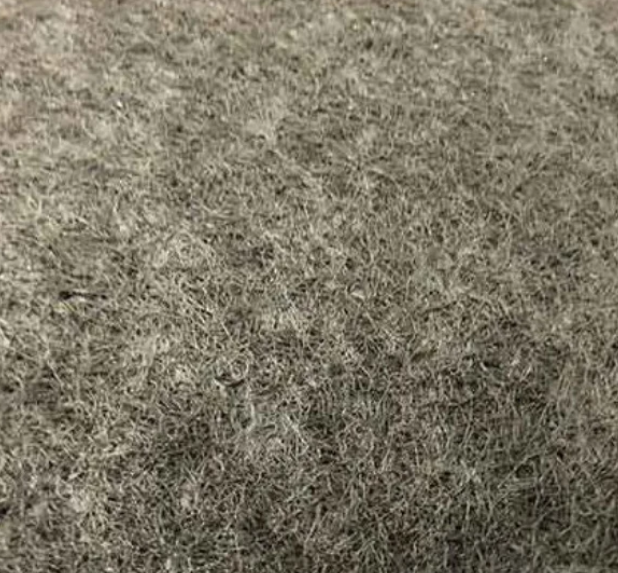Nonwoven Geotextile
FREE SHIPPING
Our Nonwoven Geotextile is a needle-punched polypropylene fabric that can be used for drainage, erosion control, filtration, stabilization and separation applications. This "felt-like" fabric allows for high water flow while also providing high dimensional stability. This commercial grade fabric will not rot or mildew, is tear resistant, and is non-biodegradable.
The Nonwoven Geotextile is available in thicknesses ranging from 3 oz to 16 oz per square yard. It is also available in a variety of roll sizes to best meet your job's needs.
Looking for landscape staples? Click here>
Staples are sold separately.










